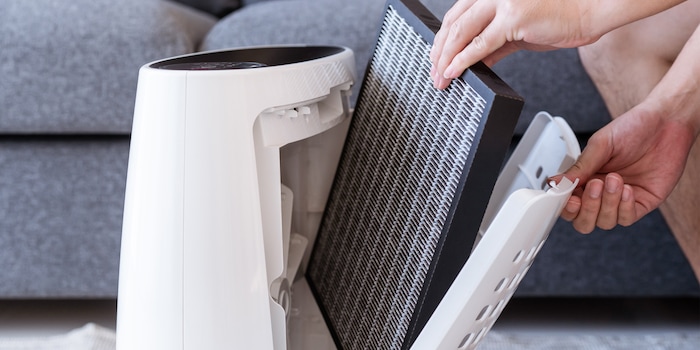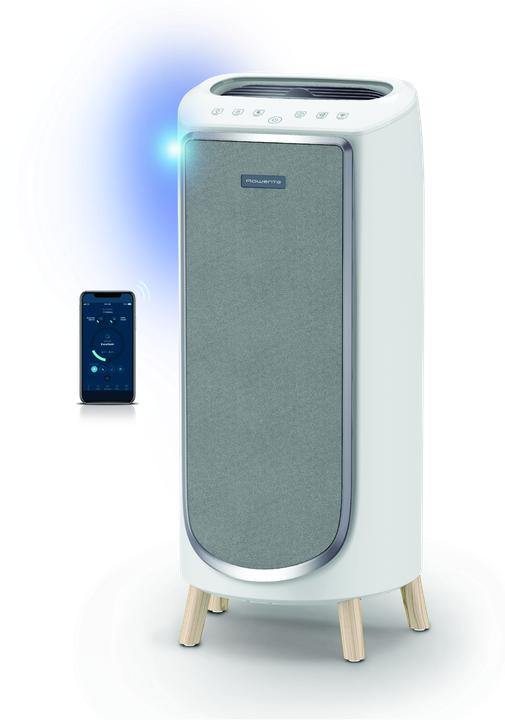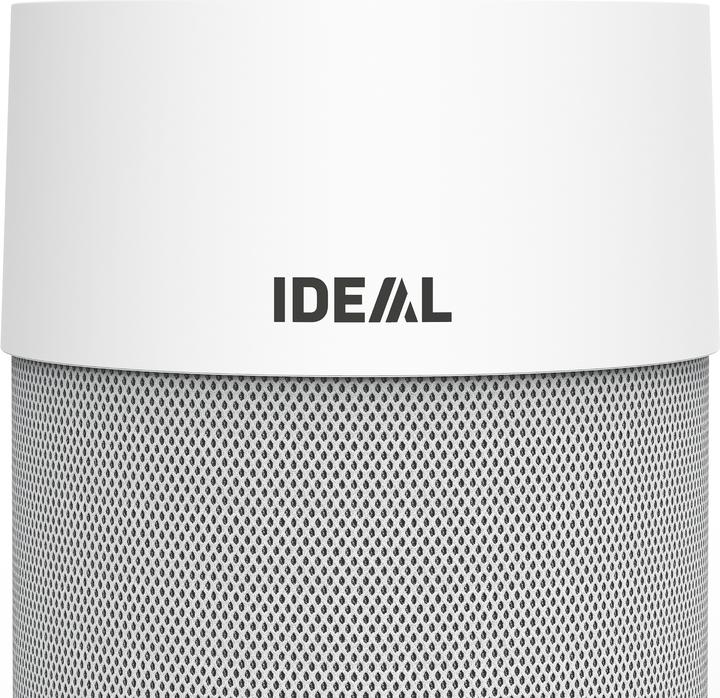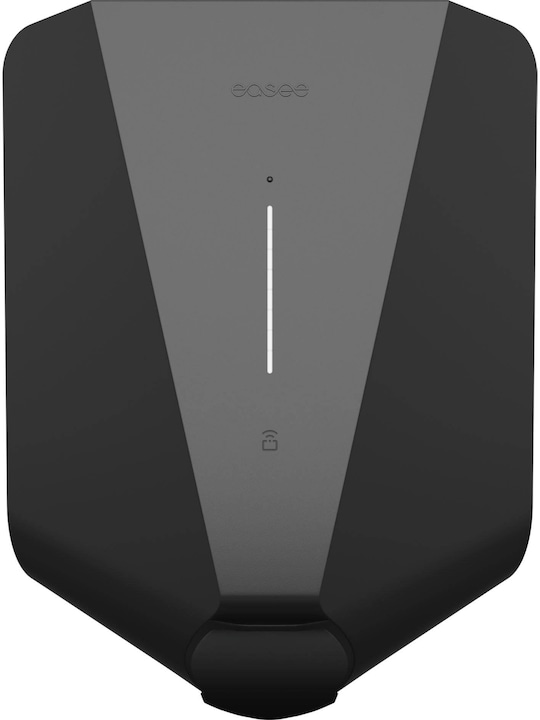

Stiftung Warentest: Various air purifiers compared
The StiWa team scrutinised a total of nine models from Philips, Dyson and Co. The appliances were first tested with new filters and later after artificial ageing. You can find out how the individual products fared here.
- The air purification
- Handling (installation of the device and replacement of the filters)
- Safety
- The environmental impact (electricity costs, filter consumption)
The air purification category carried the most weight in the overall rating. How well the devices cleaned the air was first tested with newly inserted filters and later after an artificially provoked ageing process: this was induced with the smoke of 100 cigarettes and was intended to simulate the condition after several months.
The ranking
The first two places were taken by the models from Bosch and Trotec, each with a score of 2.3. The Kärcher AF 30 was also rated "good" (2.4) in third place, scoring 2.7 in the air purification category. It received good and very good marks in the evaluation criteria of handling, environmental properties and safety.
The Rowenta Intense Pure Air and Xiaomi Smart Air Purifier were both rated "satisfactory" with 2.8. This was followed by the AP40 Pro model from Ideal: it achieved a 3.5.
Somewhat strikingly, the air purification performance of the Xiaomi and Ideal models was positive at 2.1 (Xiaomi) and 1.8 (Ideal). However, their overall rating was dragged down by poor scores in other categories. In terms of handling, Xiaomi scored 3.2 and Ideal even scored a poor 4.9. According to StiWa, this was due in particular to its poor operation and faulty air quality display.
The two devices that can also be used as fans were the Dyson Purifier Cool Formaldehyde and the Philips Air Performer 7000, both of which scored 2.6. However, although they had a good fan performance, they were behind the other devices in the air purification category.
Conclusion
It is also striking how different the operating costs for the air purifiers are. These can range from 69 to 238 euros per year. They result from the electricity costs and the costs for new filters. Stiftung Warentest based its calculations on a daily running time of eight hours and an electricity price of 40 cents per kilowatt hour. The models from Rowenta, Ideal, Dyson and Philips performed poorly in this comparison. <p
Cat lady and coffee lover from up north. Always on the lookout for «News and Trends».
From the latest iPhone to the return of 80s fashion. The editorial team will help you make sense of it all.
Show all




